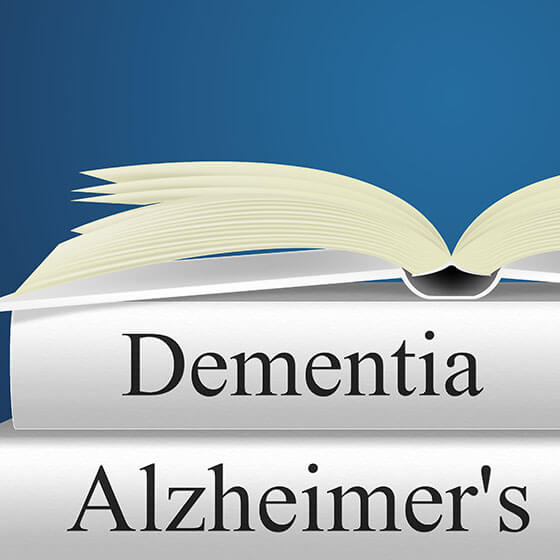Alzheimer’s disease is the most common type of dementia and some studies suggest that lewy body dementia is the second most common form while others suggest that it is actually the third most common. It is important to note that Alzheimer’s disease and lewy body dementia are not the same thing and they have different symptoms even though they are both a type of dementia. In this article we would like to offer some information for family caregivers about the differences between dementia with lewy bodies and Alzheimer’s disease so that it will be easier for family caregivers to distinguish between the two.
Many people know a little bit about Alzheimer’s disease since it is the most common form of dementia, but since lewy body dementia is less common people are often not aware of what it is and what the symptoms are. Lewy body dementia got its name from Fredrick H. Lewy, a neurologist that noticed abnormalities on the brains of his patients with dementia. Lewy bodies can be found on the brain in people with other neurological diseases such as Alzheimer’s disease and Parkinson’s disease so it is important to have seniors thoroughly tested for an accurate diagnosis.
While some of the symptoms in Alzheimer’s disease and lewy body dementia are similar there are some key differences that can help distinguish between the two. Memory loss is what most people associate with Alzheimer’s disease and memory loss can vary greatly in lewy body dementia. People with lewy body dementia can experience memory loss one day and show no signs of memory loss the next day, but with Alzheimer’s disease memory loss is gradual and usually declines over time. People with Alzheimer’s disease usually begin to lose their short term memory first and it is less common for them to experience any memory improvement as their disease progresses. With lewy body dementia it is very common for people to experience hallucinations. People with Alzheimer’s disease can also have hallucinations but it is much less common.
Lewy body disease can also be distinguished from Alzheimer’s disease because of its physical effects on the body. Difficulty walking, decreased balance and a decreased ability to control physical movements are early signs of lewy body dementia and are more similar to Parkinson’s disease than Alzheimer’s disease. People with Alzheimer’s disease usually do not experience these physical symptoms until their disease has significantly progressed unless they are suffering from another disease, so these symptoms can be very important for family caregivers to look for. People with lewy body dementia also begin to show very little emotion or facial expression early in the disease while this does not occur in those with Alzheimer’s disease until the middle to late stages of the disease.
Family caregivers who live with their loved ones and sleep in the same room or close by can watch for REM sleep behavior disorder. REM sleep behavior disorder causes people to physically act out what is happening in their dreams. People with lewy body dementia sometimes experience this disorder, but it typically does not occur in those with Alzheimer’s disease. Family caregivers who care for a senior that lives alone should consider moving their loved one into an assisted living community or into their own home in order to increase their life expectancy. People with lewy body disease have a shorter life expectancy than those with Alzheimer’s disease and they often have a shorter survival period after their diagnosis than people with Alzheimer’s disease because of the physical effects that lewy body dementia causes. People with lewy body dementia are more likely to get hurt because of their poor balance and decreased ability to control their movements, so family caregivers should make sure that their loved ones have someone close by that can help them in case they do happen to fall and get hurt.
Family caregivers can look for these signs in their loved ones if they think that they might be suffering from lewy body dementia or Alzheimer’s disease. Studies also show that lewy body disease is more common in men and Alzheimer’s disease is slightly more common in women so family caregivers can keep that in mind when caring for their loved ones. That being said men and women can get either form of dementia so caregivers should not rule out one disease over the other based on gender. Looking for these symptoms is a good place to start, but family caregivers should keep in mind that it is always best to take their loved ones to their regular doctor to get an official diagnosis and discuss treatment options.

